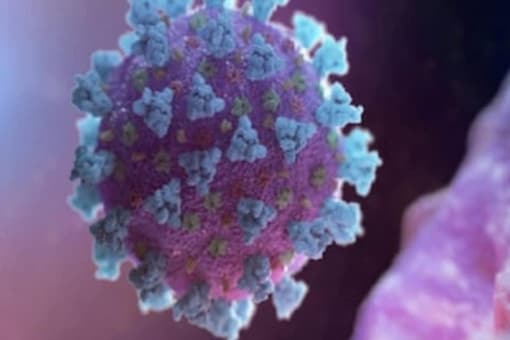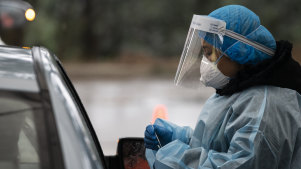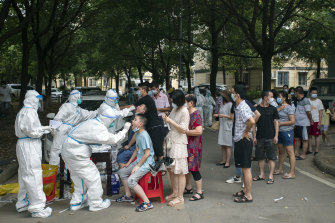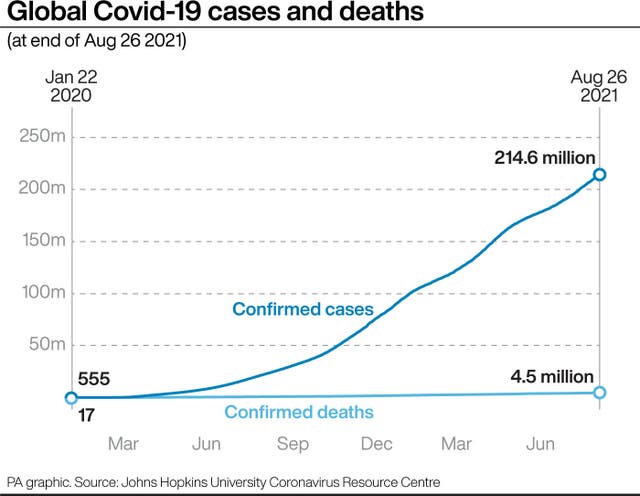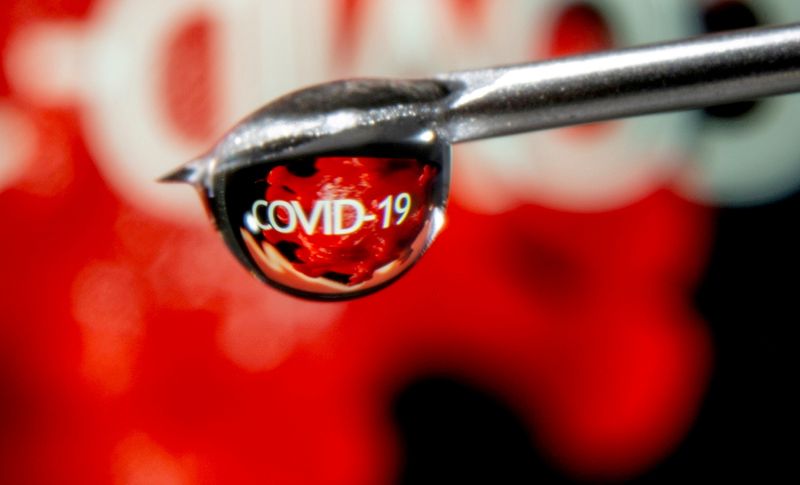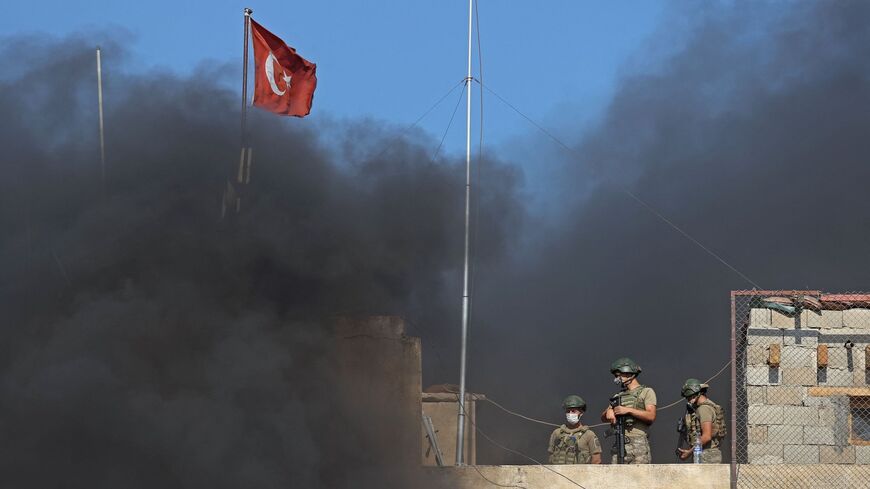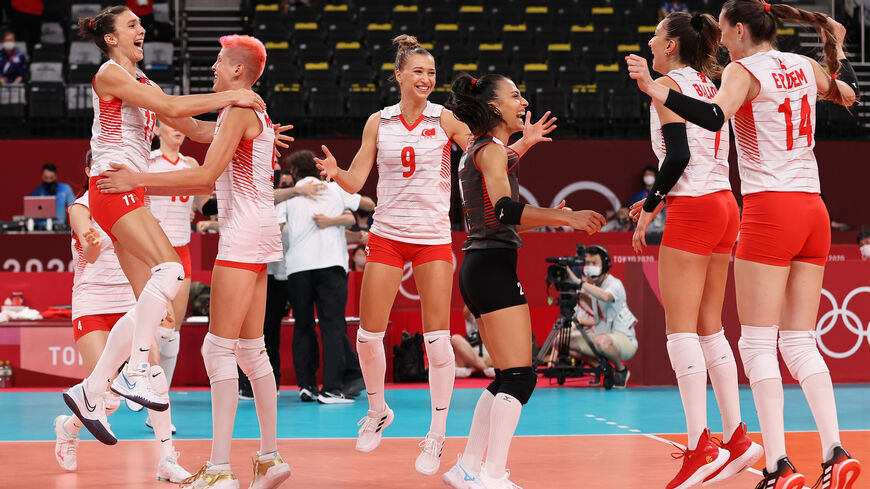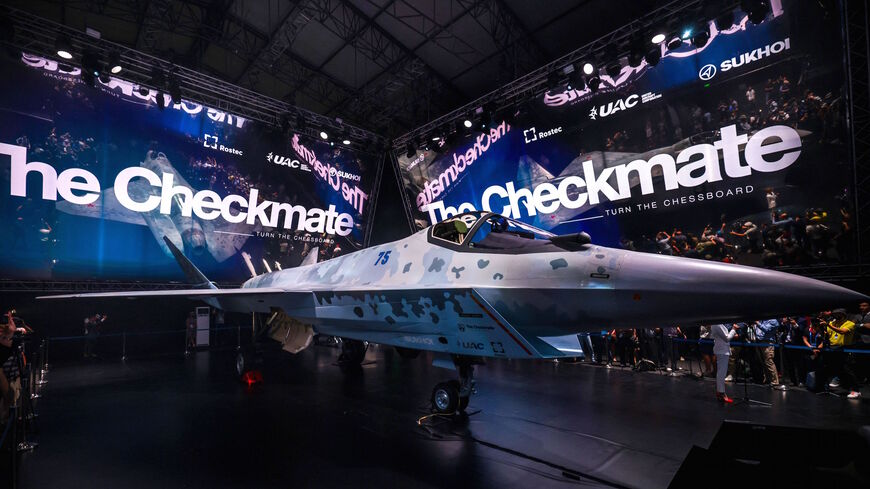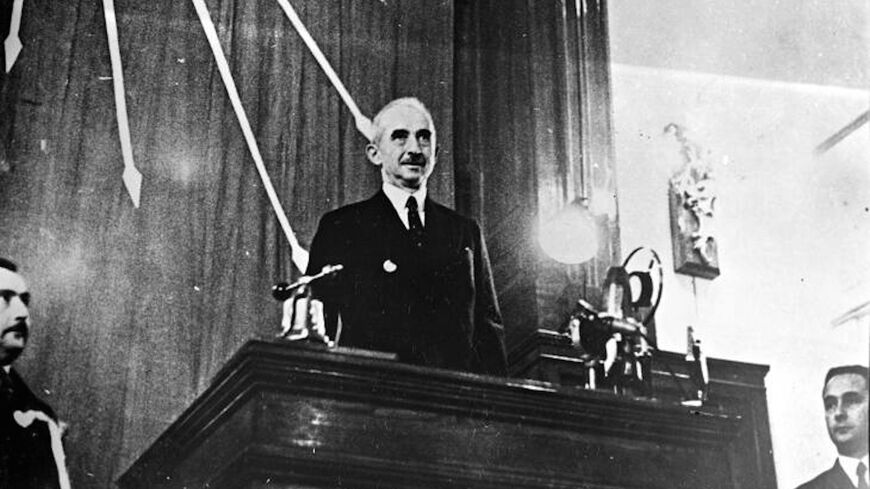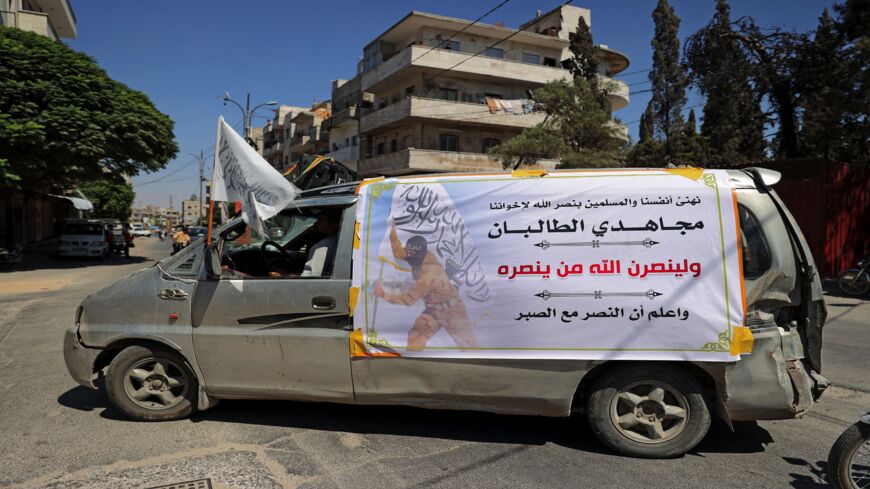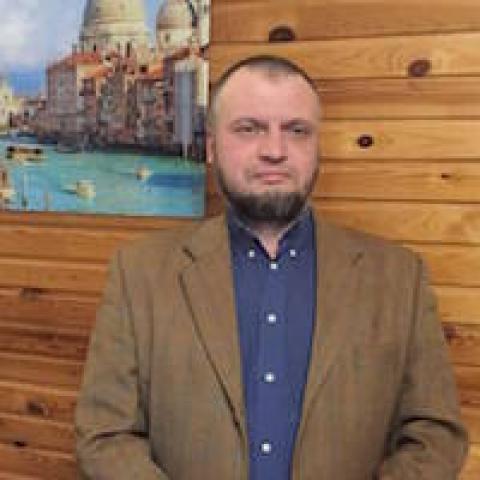THEY ARE TAJIK NOT PASHTUN (TALIBAN)
Friday, August 27, 2021

Hamid Karzai International Airport in Kabul. An IS-K attack outside the airport on Aug. 26 killed more than 100 people (Jim Kelly, https://flic.kr/p/7cR3qM; CC BY 2.0, https://creativecommons.org/licenses/by/2.0/)
In light of the Taliban’s reconquest in Afghanistan and the Islamic State of Iraq and Syria’s loss of territory in Syria and Iraq, some have argued that its province in Central Asia, the Islamic State in Khorasan (IS-K), appears to be the most likely affiliate to flourish in the Islamic State franchise. This is because its core base is located in hard-to-reach locations in Afghanistan, its structure is decentralized and well funded, and it has successfully carried out lethal attacks. Currently, the uncertain environment in Afghanistan and IS-K’s resentment toward the Taliban, which it views as Taghut (a tyrannical power), offers IS-K a ripe environment to stage attacks, exploit the local population and potentially gain a stronger footing in the region.
In recent days, U.S. intelligence noted a specific threat from IS-K to the evacuation plans at Kabul’s Hamid Karzai International Airport. On Aug. 26, these warnings were realized with two attacks outside the Kabul airport where suicide bombers detonated explosives at the airport’s Abby Gate and the nearby Baron Hotel, while gunmen opened fire on civilian crowds and military personnel. These attacks resulted in more than 100 civilian deaths, the deaths of 13 U.S. service personnel and scores of people injured. There is concern about further attacks by IS-K on civilians and U.S. forces in a bid to destabilize the country.
While IS-K has received international attention in recent days, it formed more than six years ago. In April 2014, the leadership of the Islamic State began recruiting efforts for IS-K, through the appointment of Qari Wali Rahman as special representative of the Islamic State to Afghanistan and Pakistan. By Jan. 26, 2015, the group was formally announced by Islamic State spokesman Abu Muhammad al-Adnani in an audio recording titled “Say, Die in Your Rage!” While that period still marks a time when the Islamic State had a strong presence in Syria and Iraq, its creation of Wilayat (province or governate) Khorasan falls in line with the group’s expansion projects outside of the Levant. This approach of “remaining and expanding” (baqiya wa tatamadad) as Antonio Giustozzi, author of “The Islamic State in Khorasan: Afghanistan, Pakistan and the New Central Asian Jihad,” argues, encompasses the organization’s larger strategy of domination and legitimacy over the broader jihadist movement.
According to an IS-K leader, “Khorasan” was originally meant to encompass Afghanistan, Pakistan, Iran, Central Asia, and swaths of India and Russia. However, in reality, IS-K’s main presence is located in eastern Afghanistan. IS-K’s connection with Pakistan, which now falls under its own wilayat, began with its first emir, Hafiz Saeed Khan, a Pakistani national and veteran Tehrik-e Taliban Pakistan (TTP) commander who imported other high-ranking members of TTP into IS-K. TTP was created from a small number of groups in the tribal areas of Pakistan and the North-West Frontier Province. Despite having “Taliban” in its name, TTP is not the Afghan Taliban but rather its own organization. It has been described as “one of Pakistan’s deadliest militant organizations,” having ties, although troubled at times, with al-Qaeda. Additionally, before 2015, the Haqqani network—a guerilla insurgent group in Afghanistan—sent hundreds of fighters to the Islamic State, many of whom returned from Syria and Iraq and joined IS-K.
The Islamic State’s recent 300th edition of its Al-Naba newsletter features an editorial titled “Finally, They Raised Mullah Bradley.” The article implies that the Taliban takeover of Afghanistan this month was part of a larger conspiracy between the Taliban and the U.S. It claims that the Taliban’s victory is false, while the Islamic State is on the true path of jihad—a powerful propaganda statement in a bid for legitimacy in the wider jihadist movement. This message is in line with past IS-K propaganda, which promotes an agenda of a global jihad in Wilayat Khorasan.
As a recruitment strategy, IS-K uses regional jihadist organizations, including TTP, the Taliban and local populations, to expand its ranks. It has focused its recruitment effort on Tajikistan, Bangladesh, India and Myanmar while providing financial incentives for recruits. It has been reported that IS-K pays its fighters higher salaries than organizations in the region like al-Qaeda and the Taliban, with reported IS-K incomes ranging from $400 to $800 a month, while a martyr’s family collects a one-time payment of $15,000. Thus, joining IS-K is financially beneficial for fighters and family members, especially in a country where in 2020 it was estimated that 47.3 percent of the population lived below the poverty line.
But where does this money come from? IS-K acquires some financial backing through various sources including the exploitation of natural resources, the narcotics trade, taxing the local population and kidnapping for ransom. Yet it has been reported that the majority of its funding is attained through foreign states and private donors, mainly out of Qatar, Kuwait and Saudi Arabia. While no exact figure is available, outside funding for IS-K has been estimated at $300 million per year.
On the ground, IS-K’s strategy is to implement chaos, using brutal violence to create an anarchic environment to gain support and power in a region already struggling with instability. In 2019 the group had an estimated number of around 5,000 fighters, with 2,000 to 3,000 in its headquarters in Nangarhar and 1,000 to 2,000 additional recruits situated in training and indoctrination facilities in Kunar. While the number of IS-K fighters is low, the group’s responsibility for many high-level attacks in the region, along with its keenness to engage in attacks against those who diverge from its ideological leanings, including the Taliban and fellow Muslims, makes it dangerous locally and, to a degree, internationally. Attacks on Afghan government buildings, polling stations and “soft” targets have been the group’s modus operandi. A brazen IS-K attack on a prison in Jalalabad in 2020, for example, left more than 29 dead and set more than 1,000 prisoners free.
Considering IS-K’s strategies and capabilities, it poses the most immediate threat to Afghanistan and Central Asia. In the short term, this includes continued attacks on infrastructure and stability in the region, while in the long term, IS-K could morph into a much larger, well-organized group. However, in a region already saturated with militant factions, IS-K faces pushback from groups viewing it as a threat to their regional powers. Continued clashes among IS-K, the Federally Administered Tribal Areas of Pakistan, and the Taliban present obstacles for IS-K. Additionally, the Taliban, now equipped with a war chest of U.S. gear and weapons, may present a more daunting foe to IS-K moving forward. Nevertheless, IS-K uses the same tactics applied by the Islamic State, which benefited from regional instability, disenfranchised populations, and exploitation of volatility to develop and expand its reach. Reminiscent of al-Qaeda, IS-K also uses Afghanistan’s complex terrain and tribal society as a haven for growth and operational planning. As a result, IS-K not only threatens the stability of Afghanistan but also presents a threat to U.S. interests in the region and the effort to prevent Afghanistan from becoming a breeding ground for terror groups targeting the West. Although not its main goal, IS-K has shown interest in mounting attacks in the U.S. and on U.S. personnel in the region, signifying the desire, if not the capability, to do so.
While it is yet to be clear how the Taliban takeover will affect the region, history has shown that extremist and terror groups have found success in Afghanistan, which has provided groups with a haven and an operational base. Moving forward, it would be a grievous error to think that this will be any different in the future. With IS-K already established in the region and having a known track record of exploiting destabilized territories, the possibility of further growth is present, even though the Taliban will fight to eradicate IS-K for its territory. Therefore, although a continued U.S. presence in Afghanistan is not in the national interest, Afghanistan will pose a prolonged national security threat as groups like IS-K try to assert themselves in the region for the long haul. As a result, U.S. policymakers should consider Afghanistan as part of the national interest because the situation on the ground will continue to deteriorate, offering a base for militant groups while undermining Taliban efforts for peace and stability in the country.

Hamid Karzai International Airport in Kabul. An IS-K attack outside the airport on Aug. 26 killed more than 100 people (Jim Kelly, https://flic.kr/p/7cR3qM; CC BY 2.0, https://creativecommons.org/licenses/by/2.0/)
In light of the Taliban’s reconquest in Afghanistan and the Islamic State of Iraq and Syria’s loss of territory in Syria and Iraq, some have argued that its province in Central Asia, the Islamic State in Khorasan (IS-K), appears to be the most likely affiliate to flourish in the Islamic State franchise. This is because its core base is located in hard-to-reach locations in Afghanistan, its structure is decentralized and well funded, and it has successfully carried out lethal attacks. Currently, the uncertain environment in Afghanistan and IS-K’s resentment toward the Taliban, which it views as Taghut (a tyrannical power), offers IS-K a ripe environment to stage attacks, exploit the local population and potentially gain a stronger footing in the region.
In recent days, U.S. intelligence noted a specific threat from IS-K to the evacuation plans at Kabul’s Hamid Karzai International Airport. On Aug. 26, these warnings were realized with two attacks outside the Kabul airport where suicide bombers detonated explosives at the airport’s Abby Gate and the nearby Baron Hotel, while gunmen opened fire on civilian crowds and military personnel. These attacks resulted in more than 100 civilian deaths, the deaths of 13 U.S. service personnel and scores of people injured. There is concern about further attacks by IS-K on civilians and U.S. forces in a bid to destabilize the country.
While IS-K has received international attention in recent days, it formed more than six years ago. In April 2014, the leadership of the Islamic State began recruiting efforts for IS-K, through the appointment of Qari Wali Rahman as special representative of the Islamic State to Afghanistan and Pakistan. By Jan. 26, 2015, the group was formally announced by Islamic State spokesman Abu Muhammad al-Adnani in an audio recording titled “Say, Die in Your Rage!” While that period still marks a time when the Islamic State had a strong presence in Syria and Iraq, its creation of Wilayat (province or governate) Khorasan falls in line with the group’s expansion projects outside of the Levant. This approach of “remaining and expanding” (baqiya wa tatamadad) as Antonio Giustozzi, author of “The Islamic State in Khorasan: Afghanistan, Pakistan and the New Central Asian Jihad,” argues, encompasses the organization’s larger strategy of domination and legitimacy over the broader jihadist movement.
According to an IS-K leader, “Khorasan” was originally meant to encompass Afghanistan, Pakistan, Iran, Central Asia, and swaths of India and Russia. However, in reality, IS-K’s main presence is located in eastern Afghanistan. IS-K’s connection with Pakistan, which now falls under its own wilayat, began with its first emir, Hafiz Saeed Khan, a Pakistani national and veteran Tehrik-e Taliban Pakistan (TTP) commander who imported other high-ranking members of TTP into IS-K. TTP was created from a small number of groups in the tribal areas of Pakistan and the North-West Frontier Province. Despite having “Taliban” in its name, TTP is not the Afghan Taliban but rather its own organization. It has been described as “one of Pakistan’s deadliest militant organizations,” having ties, although troubled at times, with al-Qaeda. Additionally, before 2015, the Haqqani network—a guerilla insurgent group in Afghanistan—sent hundreds of fighters to the Islamic State, many of whom returned from Syria and Iraq and joined IS-K.
The Islamic State’s recent 300th edition of its Al-Naba newsletter features an editorial titled “Finally, They Raised Mullah Bradley.” The article implies that the Taliban takeover of Afghanistan this month was part of a larger conspiracy between the Taliban and the U.S. It claims that the Taliban’s victory is false, while the Islamic State is on the true path of jihad—a powerful propaganda statement in a bid for legitimacy in the wider jihadist movement. This message is in line with past IS-K propaganda, which promotes an agenda of a global jihad in Wilayat Khorasan.
As a recruitment strategy, IS-K uses regional jihadist organizations, including TTP, the Taliban and local populations, to expand its ranks. It has focused its recruitment effort on Tajikistan, Bangladesh, India and Myanmar while providing financial incentives for recruits. It has been reported that IS-K pays its fighters higher salaries than organizations in the region like al-Qaeda and the Taliban, with reported IS-K incomes ranging from $400 to $800 a month, while a martyr’s family collects a one-time payment of $15,000. Thus, joining IS-K is financially beneficial for fighters and family members, especially in a country where in 2020 it was estimated that 47.3 percent of the population lived below the poverty line.
But where does this money come from? IS-K acquires some financial backing through various sources including the exploitation of natural resources, the narcotics trade, taxing the local population and kidnapping for ransom. Yet it has been reported that the majority of its funding is attained through foreign states and private donors, mainly out of Qatar, Kuwait and Saudi Arabia. While no exact figure is available, outside funding for IS-K has been estimated at $300 million per year.
On the ground, IS-K’s strategy is to implement chaos, using brutal violence to create an anarchic environment to gain support and power in a region already struggling with instability. In 2019 the group had an estimated number of around 5,000 fighters, with 2,000 to 3,000 in its headquarters in Nangarhar and 1,000 to 2,000 additional recruits situated in training and indoctrination facilities in Kunar. While the number of IS-K fighters is low, the group’s responsibility for many high-level attacks in the region, along with its keenness to engage in attacks against those who diverge from its ideological leanings, including the Taliban and fellow Muslims, makes it dangerous locally and, to a degree, internationally. Attacks on Afghan government buildings, polling stations and “soft” targets have been the group’s modus operandi. A brazen IS-K attack on a prison in Jalalabad in 2020, for example, left more than 29 dead and set more than 1,000 prisoners free.
Considering IS-K’s strategies and capabilities, it poses the most immediate threat to Afghanistan and Central Asia. In the short term, this includes continued attacks on infrastructure and stability in the region, while in the long term, IS-K could morph into a much larger, well-organized group. However, in a region already saturated with militant factions, IS-K faces pushback from groups viewing it as a threat to their regional powers. Continued clashes among IS-K, the Federally Administered Tribal Areas of Pakistan, and the Taliban present obstacles for IS-K. Additionally, the Taliban, now equipped with a war chest of U.S. gear and weapons, may present a more daunting foe to IS-K moving forward. Nevertheless, IS-K uses the same tactics applied by the Islamic State, which benefited from regional instability, disenfranchised populations, and exploitation of volatility to develop and expand its reach. Reminiscent of al-Qaeda, IS-K also uses Afghanistan’s complex terrain and tribal society as a haven for growth and operational planning. As a result, IS-K not only threatens the stability of Afghanistan but also presents a threat to U.S. interests in the region and the effort to prevent Afghanistan from becoming a breeding ground for terror groups targeting the West. Although not its main goal, IS-K has shown interest in mounting attacks in the U.S. and on U.S. personnel in the region, signifying the desire, if not the capability, to do so.
While it is yet to be clear how the Taliban takeover will affect the region, history has shown that extremist and terror groups have found success in Afghanistan, which has provided groups with a haven and an operational base. Moving forward, it would be a grievous error to think that this will be any different in the future. With IS-K already established in the region and having a known track record of exploiting destabilized territories, the possibility of further growth is present, even though the Taliban will fight to eradicate IS-K for its territory. Therefore, although a continued U.S. presence in Afghanistan is not in the national interest, Afghanistan will pose a prolonged national security threat as groups like IS-K try to assert themselves in the region for the long haul. As a result, U.S. policymakers should consider Afghanistan as part of the national interest because the situation on the ground will continue to deteriorate, offering a base for militant groups while undermining Taliban efforts for peace and stability in the country.
